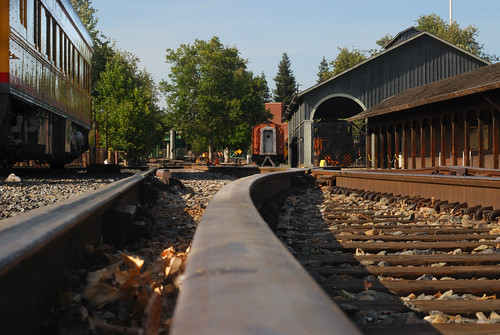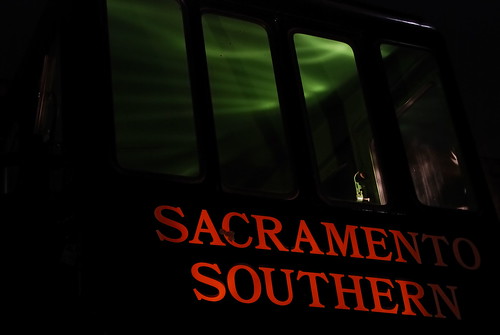Train Of Thought

 It is all about color. Light has a color temperature. Light exerts physical pressure on objects in its path. Light travels in the form of a wave. Different wavelengths = different colors in the spectrum.Light is either absorbed, reflected, or transmitted. If light hits something solid and is absorbed the object is black. If it is reflected it is white. Light going through something is transmitted such as a piece of glass. If the glass is tinted green the light coming out is tinted green. Some light is cool and some light is hot! There is a shade of gray that is a “neutral” gray ( 18% gray) and will reflect all colors equally. Very over simplified but it works for me and this is my blog ha ha.
It is all about color. Light has a color temperature. Light exerts physical pressure on objects in its path. Light travels in the form of a wave. Different wavelengths = different colors in the spectrum.Light is either absorbed, reflected, or transmitted. If light hits something solid and is absorbed the object is black. If it is reflected it is white. Light going through something is transmitted such as a piece of glass. If the glass is tinted green the light coming out is tinted green. Some light is cool and some light is hot! There is a shade of gray that is a “neutral” gray ( 18% gray) and will reflect all colors equally. Very over simplified but it works for me and this is my blog ha ha.
Light has a color temperature
It is kind of neat how well todays cameras will automatically figure this out for you – up to a point. Then if you use the automatic settings you might turn the little dial (or select it on a menu) and choose sunny, raining, cloudy, or night hoping to compensate for the lighting situation. This works fairly well, most of the time but, yep there is the but, when there is a mixture of ligh sources it usually fails. Sometimes the temperature (kelvin blues are 5,000 kelvin and up while reds are 3,000 and lower) of a light source can add to the photo’s creativeness and at other times it can ruin it.
Nothing sucks worse than shooting a family group photo in front of the all the presents and having everything tinted orange or capturing a great skiing shot only to have the scene tinted blue. Shooting in RAW format makes this a non problem because you can adjust the white balance with the software. To get the color right the camera needs to register white as white . What all the little sunny and cloudy settings do is tell the camera to adjust the color temperature over one way or the other (shift) to get the whites white. Incandescent lights turn everything an orangish red light temperature. In film days filters were used to shift the light coming in the lens. In digital you just tell the camera hey I am shooting in incandescent light and it shifts it over for you. Cool no?
Here is a photo where my friend Tim took a LED flash light into the train and waved it around (light painting) while I took a long exposure shot. I held a standard flash light on the side of the train to paint the lettering. It took us several tries for me to get close to what we wanted. The errie looking light in the train, the red letters showing red, and the rest of the train and background dark. And no Tim in the pic.
One of these days Tim and I need to go back and improve upon what we started.
When I am not lazy and really want the white balance set right I use the gray card and maually set the camera to the right kelvin setting. Sometimes I guess at the kelvin setting and after entering it adjust. Real lazy days I use the software and adjust the RAW file.
My mind is now wondering why my D80 only has a max flash sync speed of 1/200 but my older D70 has 1/500 sec.
Ok nothing to do with light but all about perspective – since I was on a train of thought:

This evening we stopped on the way home from Vacaville at the Vic Fazio Wildlife Refuge. By the time KRP had worked the wagon through all the mud it was almost dark. This is known as a last ditch shot LOL.
Shot at
- f/5
- 1/1600 sec
- IS) 1600
- @180mm
Limited light sometimes bring interesting results. That are only visiable after pushing the expore to get a look.
Night Flight
If any info is wrong above please let me know cause I have forgotten more than I know LOL LOL





